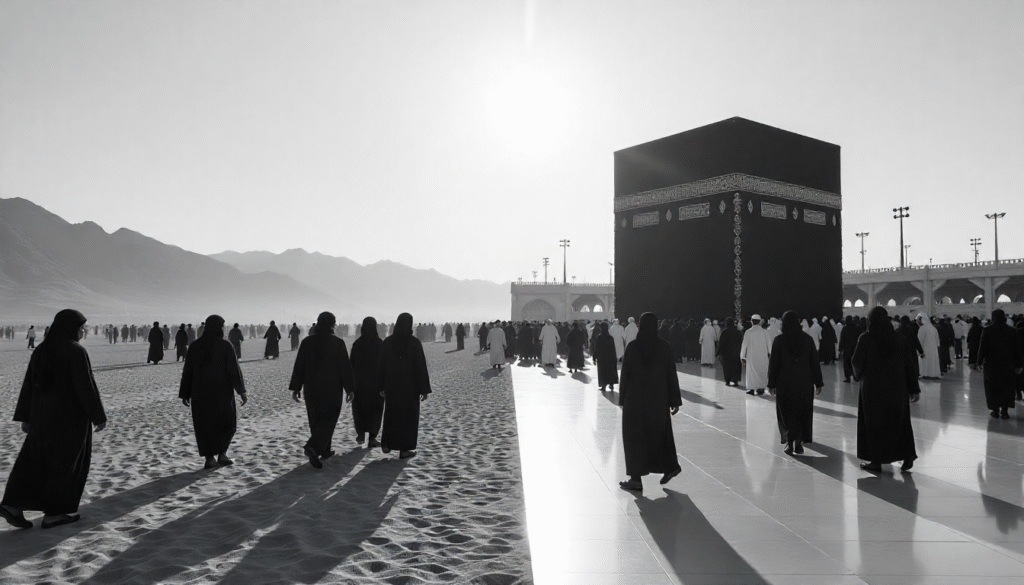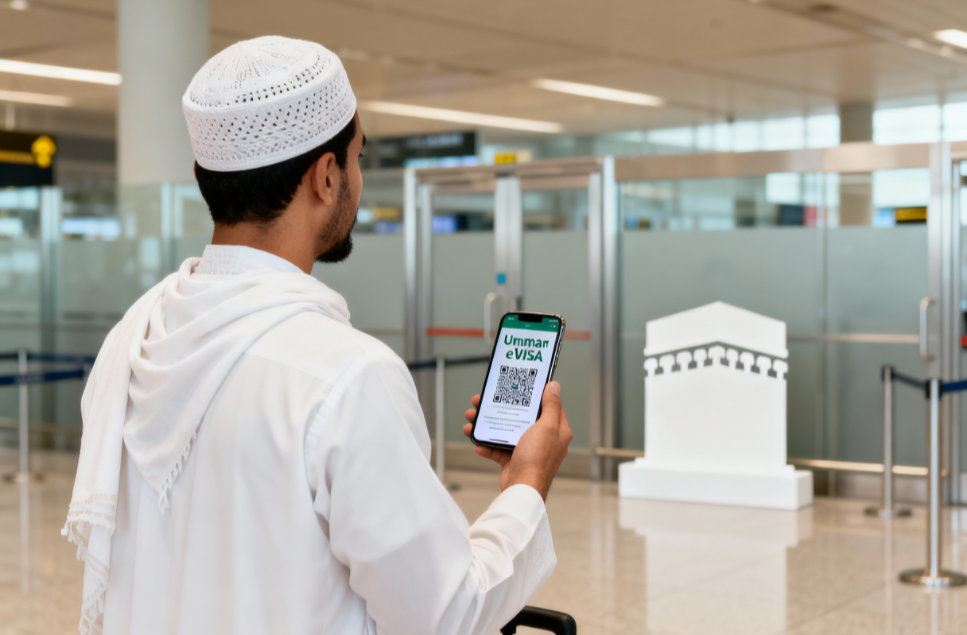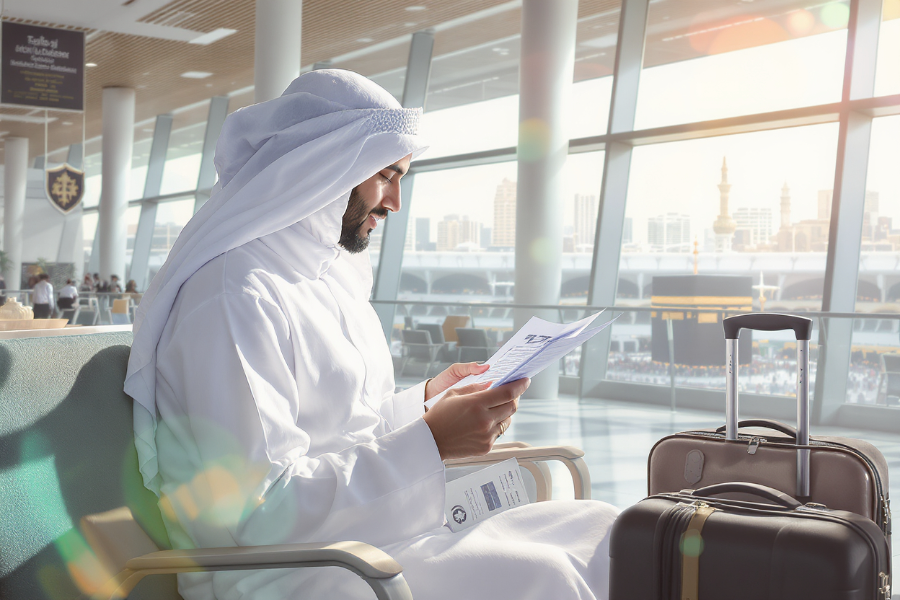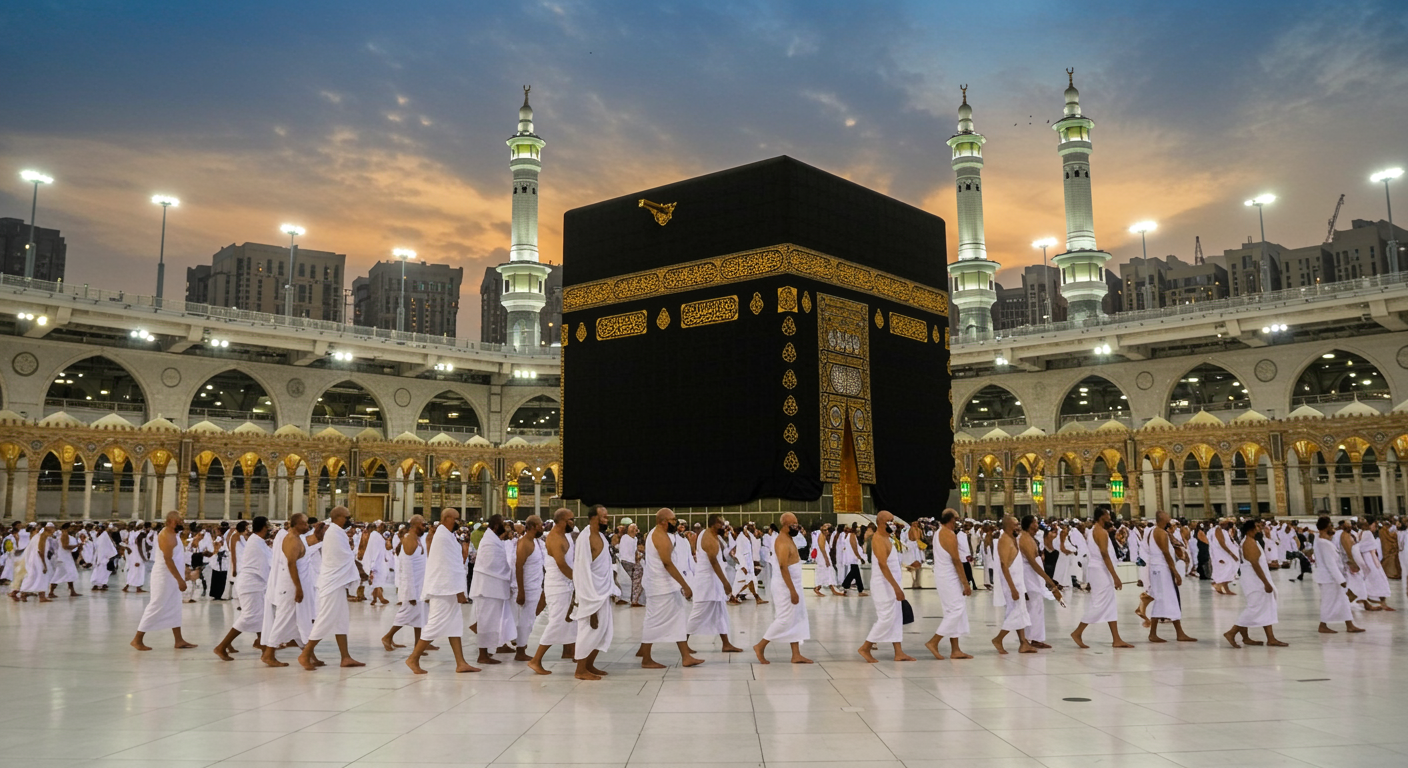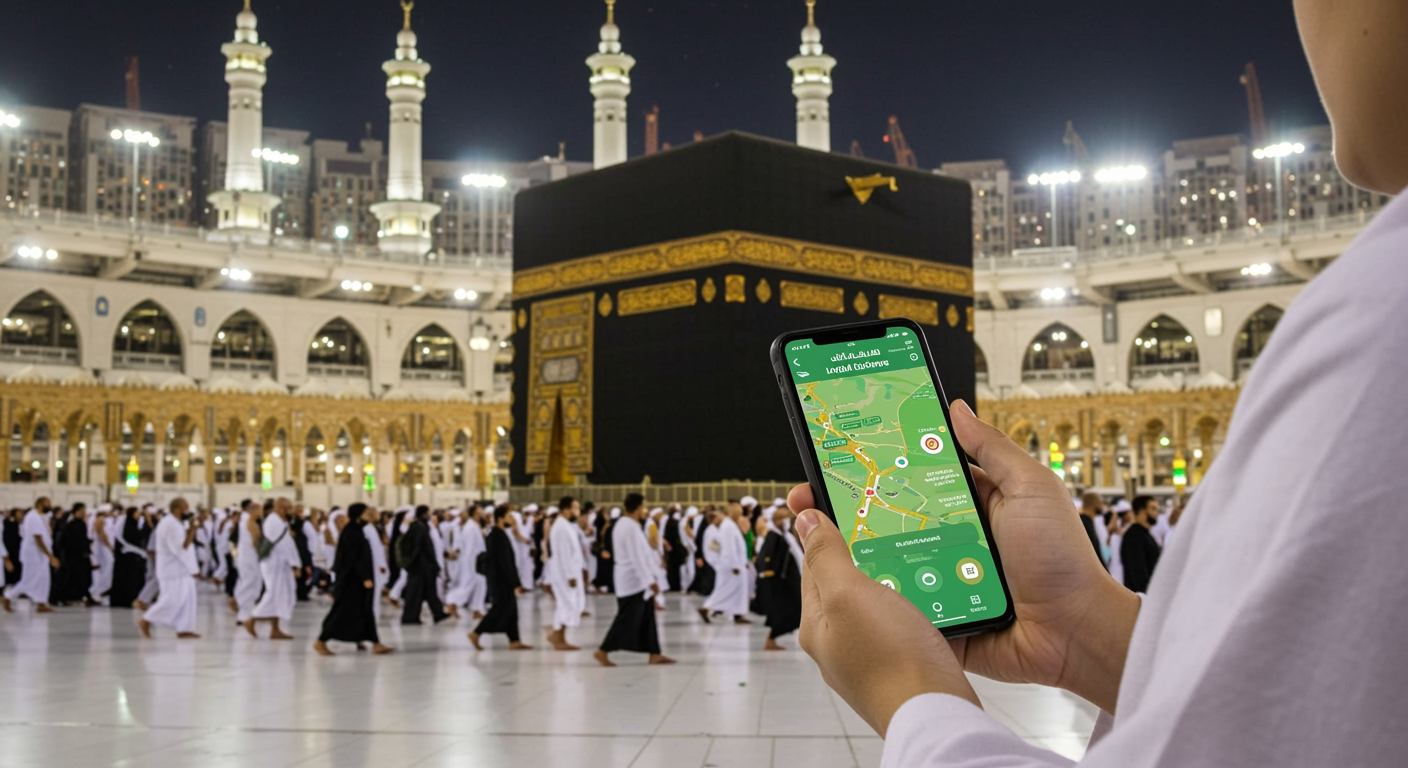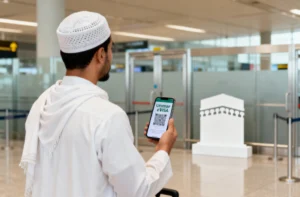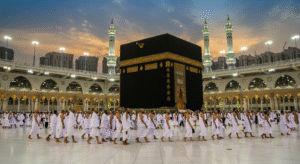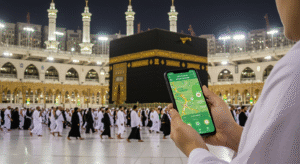The Hajj pilgrimage, one of the five pillars of Islam, holds deep religious significance for Muslims around the world. Every year, millions of Muslims travel to Mecca to perform Hajj, a journey that has evolved dramatically over the centuries. What was once a long and perilous trek across deserts, oceans, and mountains has transformed into a highly organized, efficient, and accessible global event. This journey has witnessed advancements in transportation, infrastructure, and technology, all of which have shaped the way Muslims perform their sacred pilgrimage today.
This blog delves into the fascinating history of Hajj travel, exploring how transportation and the experience of the pilgrimage have changed over time, and how modern innovations have made Hajj more accessible and efficient than ever before.
Early Days of Hajj Travel: A Grueling Journey
In the earliest centuries of Islam, traveling to Mecca for Hajj was an arduous and physically demanding task. Pilgrims from all corners of the Muslim world set out on their journey, traveling vast distances by land, sea, and sometimes even through harsh terrain, all in the name of fulfilling one of the most significant religious duties. For centuries, the journey was dangerous and could take months to complete, with no guarantee of safety or comfort.
Pilgrims would often set out from cities such as Baghdad, Damascus, Cairo, and Cordoba, using the best transportation available at the time—camels, horses, or donkeys. These animals were crucial to the success of the journey, as they provided mobility across the desert and mountainous regions. The journey was long, spanning over weeks and sometimes months, with pilgrims facing harsh desert conditions, extreme temperatures, and the constant threat of bandit attacks.
The Role of the Caravan: Connecting the Muslim World
The caravans played a central role in early Hajj travel. Large groups of pilgrims would travel together, forming a caravan to protect each other from the dangers of the journey. These caravans were often organized by wealthy merchants or local leaders and would carry not only pilgrims but also goods for trade. The caravans followed well-established routes that connected the Islamic world, including North Africa, the Middle East, and Central Asia.
These caravans were crucial not only for religious reasons but also for trade and cultural exchange. Pilgrims traveling together would form a bond of solidarity and shared faith, experiencing both the physical and spiritual aspects of the journey. However, despite the sense of camaraderie, the risks were high. Bandits, harsh weather, and illnesses, including the plague, claimed the lives of many who embarked on the journey.
The Rise of Sea Travel: Reducing the Journey Time

As the centuries passed, the introduction of sea travel marked a new chapter in the evolution of Hajj travel. By the 15th century, maritime advancements allowed Muslims from distant parts of the world, such as Southeast Asia, Africa, and India, to travel by sea, making the journey faster and safer compared to the dangerous overland routes. Ships replaced the camels and horses for many pilgrims, reducing travel time from months to weeks.
Sea routes allowed for larger groups of pilgrims to travel together, further reducing the risks of banditry and the dangers of desert travel. Pilgrims could now embark on their journey from ports such as Jeddah, Alexandria, and Malindi, sailing across the Red Sea or the Arabian Sea to reach the shores of Saudi Arabia.
A Transformational Shift in Pilgrimage Experience
Sea travel marked a significant transformation in the pilgrimage experience. While the overland journeys were physically demanding, traveling by ship provided greater comfort and safety, with fewer risks of extreme weather conditions or attacks. For many pilgrims, sea travel was a preferable option, as it allowed them to spend less time on the journey and focus more on the spiritual aspects of Hajj.
The shift from land to sea travel also meant that the pilgrimage was no longer limited to those with the physical stamina to endure the long desert treks. Sea routes opened up the Hajj to a broader demographic, allowing Muslims from regions previously distant from Mecca to partake in the pilgrimage, with many now booking through an Umrah travel company for a more organized journey.
The Advent of Modern Transportation: Steamships and Railways

By the 19th century, technological innovations such as steamships and railways revolutionized the way pilgrims traveled. Steamships, in particular, provided a much faster mode of travel than traditional sailing vessels, cutting down the time it took to travel by sea. Pilgrims could now travel from major ports in Europe, Asia, and Africa to Jeddah in a matter of days rather than weeks.
Similarly, the construction of railways within the Arabian Peninsula began to transform the land travel experience. The Hijaz Railway, built by the Ottoman Empire in the early 20th century, connected major cities across the region, including Mecca, Medina, and Damascus, making it easier for pilgrims to travel to Mecca by train.
The Impact of Steamships and Railways on Pilgrims
The introduction of steamships and railways significantly reduced the physical strain of the journey, allowing pilgrims to travel in relative comfort. The steamships had improved living conditions, with better sanitation and more reliable schedules. Passengers no longer had to endure the unpredictability of sailing ships, and long stretches of desert were no longer the major obstacle they had once been.
Train travel, especially in the Arabian Peninsula, also streamlined the pilgrimage. Pilgrims could now travel longer distances in a shorter amount of time, and they were able to arrive at their destinations with much less fatigue than before. This shift in transportation made the pilgrimage less daunting and more accessible to a larger number of Muslims, contributing to a steady increase in the number of pilgrims each year.
The Impact of Air Travel: A Revolution in Hajj Accessibility

The most significant revolution in Hajj travel occurred in the 20th century with the advent of air travel. With the introduction of commercial aviation, the time it took to perform the pilgrimage was drastically reduced. What once took months could now be completed in a matter of hours, allowing Muslims from all over the world to travel directly to Saudi Arabia for Hajj.
The first commercial flights carrying pilgrims to Saudi Arabia began in the mid-20th century. Airports such as King Abdulaziz International Airport in Jeddah became central hubs for international pilgrims, marking a new era in the accessibility of the pilgrimage.
Streamlining the Pilgrimage Experience
Air travel made the pilgrimage much more accessible to Muslims worldwide. No longer did pilgrims have to face the extended travel times and physical hardships of the past. Direct flights from almost every corner of the globe, including countries in Europe, Asia, Africa, and the Americas, made Hajj possible for millions who would not have been able to endure the long sea or overland journeys.
Saudi Arabia also made significant efforts to accommodate the surge of pilgrims by improving infrastructure and transportation. Pilgrims could now be flown directly into Jeddah or Medina and transported to Mecca with ease. Modern airports, buses, and trains helped streamline the pilgrimage experience, making it easier for people to perform the rites of Hajj.
The Role of Technology in Modern Hajj Travel
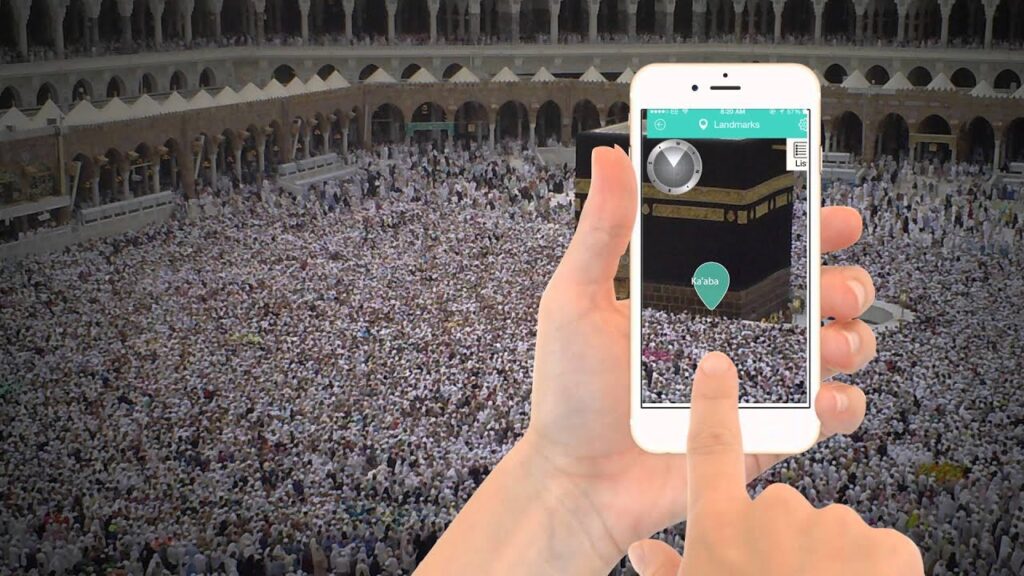
In the 21st century, technology continues to enhance the Hajj experience. Digital technologies have simplified many aspects of the pilgrimage, from booking flights to ensuring the safety and well-being of pilgrims on the ground. Pilgrims can now use online booking systems, apps, and digital services to plan their trip with ease.
Saudi Arabia has also introduced “Smart Hajj,” a concept that uses technology to improve the efficiency of the pilgrimage. Pilgrims are now able to use electronic wristbands that contain important information about their health, location, and even emergency contacts, helping ensure a safer experience.
The Introduction of Smart Hajj
“Smart Hajj” leverages digital tools to improve the management of the pilgrimage. Pilgrims can receive real-time information through apps, including updates on prayer times, crowd densities at key sites, and even health monitoring. These innovations reduce the chances of pilgrims getting lost or facing unnecessary delays, and they improve the overall experience for everyone involved.
The introduction of mobile apps and social media platforms has also allowed pilgrims to connect, share their experiences, and create a global sense of community during the pilgrimage. These technologies make it easier to navigate Mecca and Medina, making the pilgrimage not just a religious journey, but also a modern, well-organized event.
Hajj Travel in the Future: What Lies Ahead?
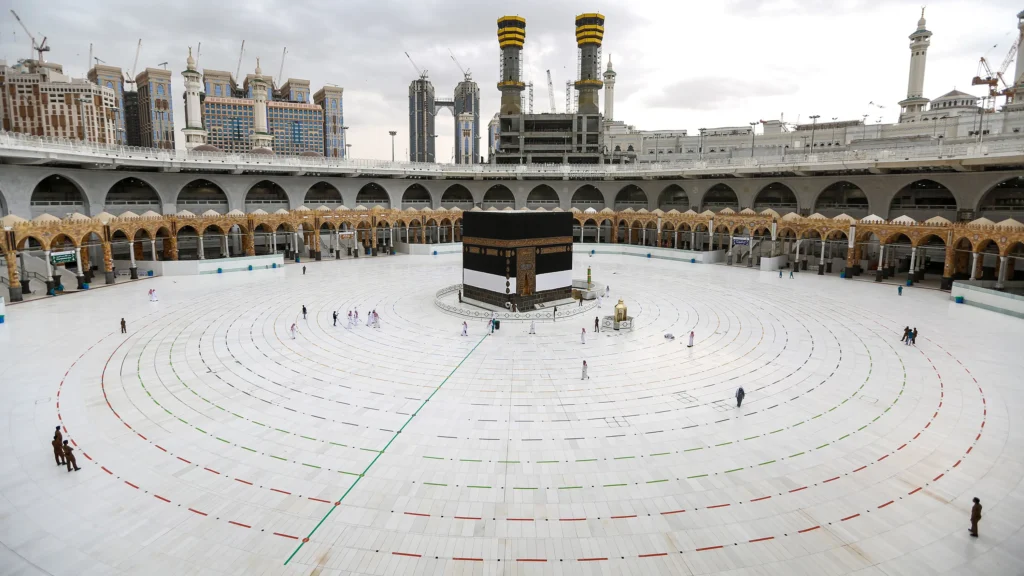
As the number of pilgrims continues to grow, Saudi Arabia has laid out ambitious plans for the future of Hajj travel. Under the Vision 2030 initiative, the kingdom aims to further improve infrastructure and accommodate a growing number of pilgrims. This includes expanding airports, improving transportation systems, and using cutting-edge technology to enhance the pilgrimage experience.
The Role of Emerging Technologies
Emerging technologies such as artificial intelligence, drones, and even virtual reality could have a profound impact on Hajj travel in the coming decades. These technologies could help manage crowd control, improve health and safety monitoring, and even offer virtual experiences for those unable to travel.
Saudi Arabia’s plans to expand the Holy Mosque in Mecca and build new transportation hubs will further improve access to the pilgrimage, ensuring that Hajj remains a safe, accessible, and transformative experience for Muslims worldwide.
The Growth of Umrah Travel: A Modern Pilgrimage Experience
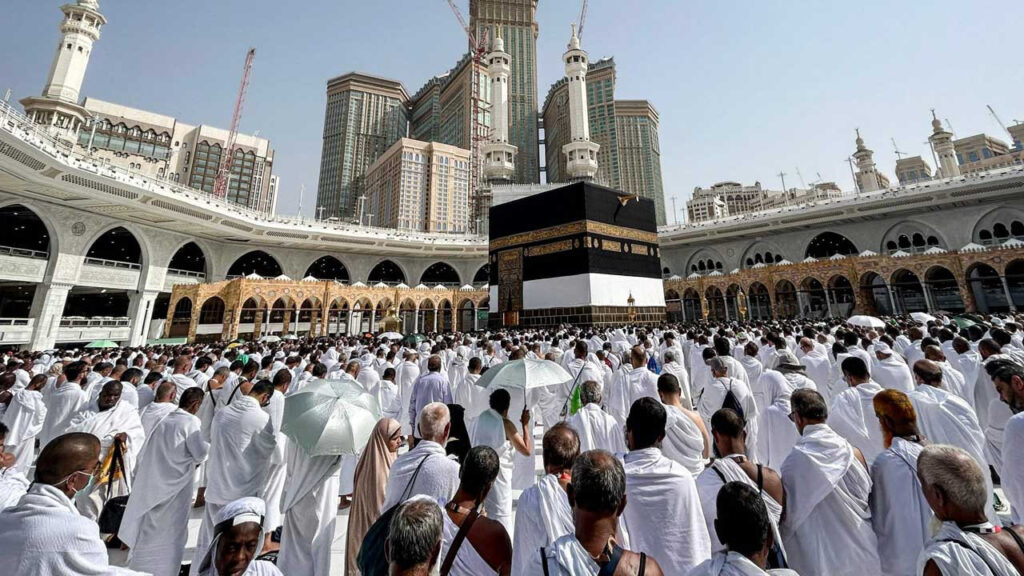
While Hajj is the most significant pilgrimage in Islam, Umrah holds deep spiritual value as well. Unlike Hajj, which is performed at specific times of the year, Umrah can be undertaken at any time. Over the years, the way Muslims travel for Umrah has evolved, with modern transportation and infrastructure making the pilgrimage more accessible.
The availability of Umrah packages has made it easier for Muslims worldwide to plan their journey, offering a range of services, from flights and accommodation to guided tours and visa assistance. These packages cater to different budgets, ensuring that the Umrah experience remains accessible to Muslims from all walks of life. With the advancements in technology, pilgrims can now easily book their Umrah packages online, allowing them to focus on the spiritual aspects of their journey, while ensuring that all logistical needs are met efficiently.
Conclusion: A Journey of Faith and Transformation
The evolution of Hajj travel is a testament to the resilience and adaptability of the Muslim community. From the challenging desert caravans to the convenience of modern air travel, the pilgrimage has undergone centuries of change, making it more accessible, comfortable, and spiritually enriching for millions of Muslims. Despite the changes in transportation and technology, the core of Hajj—the act of worship and submission to Allah—remains unchanged. As we look to the future, the pilgrimage will continue to evolve, but it will always remain a profound journey of faith, transformation, and devotion.


